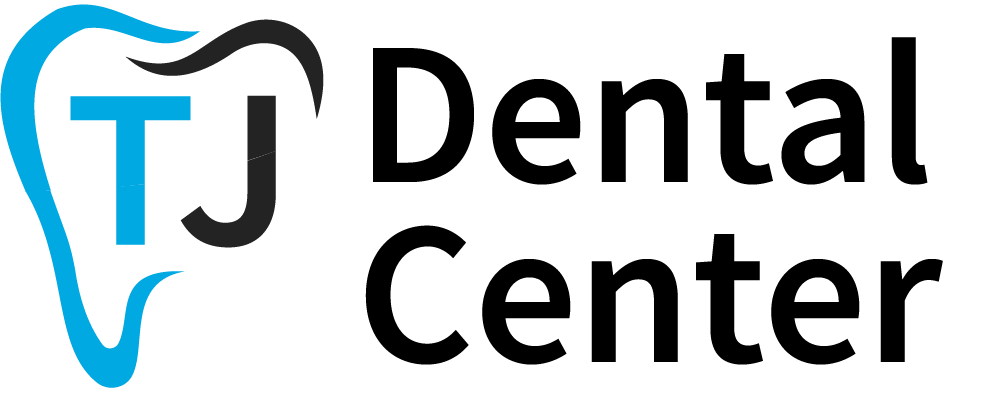Jaw-dropping Insights: Understanding Jaw Alignments and Surgeries
Corrective jaw surgery, or orthognathic surgery, can correct the alignment of your jaw bones and teeth to improve function and facial appearance.
Orthognathic” comes from the Greek words “ortho,” meaning straight/to straighten, and “gnathia,” meaning jaw.
This surgery is typically recommended for jaw problems that can’t be resolved with orthodontics alone. You must wear braces before and after the surgery to ensure proper healing and alignment.
This article explains different types of jaw alignments to help you make an informed decision about your surgery and treatment.
But first, let us understand the terminologies associated with jaw alignments to see how corrective surgeries can improve the outcomes.
Refer to the table below for a detailed overview:
| Features | Jaw position | Characteristics | Treatment |
| Orthognathism | Balanced alignment of the head, maxilla, and mandible | Upper teeth slightly overlap the lower teeth both vertically (overbite) & horizontally (overjet)A balanced facial profile | Dental braces only – if teeth alignment needs correction |
| Retrognathism | Upper jaw is positioned behind relative to the facial bones | Reduced overjet – Upper teeth are horizontally forwardConcave appearance of the face on the side view | Surgically reposition the upper jaw to bring it forward |
| Lower jaw is positioned behind relative to the facial bones | Front teeth crossbite – Lower teeth are ahead & horizontally forwardConvex appearance of the face on the side view | Surgically reposition the lower jaw to bring it forward | |
| Prognathism | Upper jaw is positioned forward relative to the facial bones | Increased overjet – Upper teeth are horizontally forwardConvex appearance of the face on the side view | Surgically reposition the upper jaw to place it backward |
| Lower jaw is positioned forward relative to the facial bones | Front teeth crossbite – Lower teeth are ahead & horizontally forwardConcave appearance of the face on the side view | Surgically reposition the lower jaw to place it backward | |
| Receding Chin | Chin is positioned backward relative to the face | Convex appearance of face on side view. Teeth are not affected. | Surgically make the chin prominent |
| Protruding Chin | Chin is positioned forward relative to the face | Concave appearance of face on side view | Surgically reduce the chin prominence |
Source: NCBI[1] PubMed[2] John Hopkins Medicine[3]
Here’s an overview of common jaw alignment classes and their characteristics.
Jaw alignment is classified into three types – Class I, Class II & Class III.
Types of Jaw Alignment
| Class | Characteristics | Cause | Type of Orthognathic surgery |
| Class I | Orthognathism | Ideal jaw alignment where maxillary jaw & teeth slightly overlap the mandibular jaw & teeth. | No surgery needed |
| Class II | Mandibular Retrognathism | Due to a deficient mandible, the maxilla becomes prominent | Mandibular advancement using Bilateral Sagittal Split Osteotomy (BSSO) or Chin Augmentation |
| Class III | Mandibular Prognathism | Due to a deficient maxilla or prominent mandible | Mandibular Osteotomy (Example – Bilateral Sagittal Split Osteotomy – BSSO) or Genioplasty |
For more detailed information on the surgeries and treatments, please refer to our parent article on Orthognathic surgery in Tijuana, Mexico.
